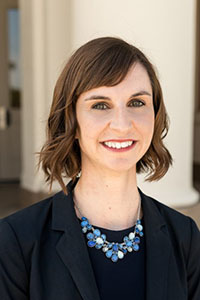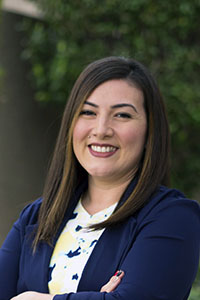
The plan to return children to the classroom is complicated, difficult to explain and may be leaving the public confused, state Superintendent of Public Instruction Kathy Hoffman conceded.
In an interview July 29, Hoffman said she has been reflecting on the way the July 23 announcement to follow a data-driven guide to reopening schools has led to a lot of immediate confusion from teachers and the general public.
She said they may have been accustomed to having a firm date for reopening and expecting that again.
Hoffman told Arizona Capitol Times the plan is long term and complicated and includes school funding, teacher pay and metrics, and is intended to stabilize the field.
“It was very challenging to communicate those nuances in a way that was understandable,” she said.
Hoffman said that over the roughly two-week process it took to make this science-based decision, the Department of Health Services wasn’t completely sold on the idea originally.
She wouldn’t say if Gov. Doug Ducey agreed with the plan from the start, but a July 21 written statement in which she called for a data-driven plan left the impression that she was at odds with Ducey.
Hoffman said the reason she posted that statement for her followers to see was to be transparent and make sure the public knew what she was advocating. She also said Ducey’s office was not surprised by the contents of her letter.
“I think there was some surprise at the interpretation of what the statement meant. There was some reading between the lines … interpretation that we were not on the same page or not working together,” Hoffman said, adding that was not accurate. “That statement kind of had a bit of an unintended consequence, and causing people to think that we were not working together.”
She wouldn’t elaborate on what exactly people misinterpreted.
“The closer we got to the (July 23) press conference, the more back and forth there is in terms of ideas and language, and so I think at that point we were still working on these drafts of the different pieces of the executive order,” Hoffman said.
She said when the conversation about metrics began, no states were using them to open schools for in-person instruction. New York Gov. Andrew Cuomo was the first to unveil such a plan and on July 13 announced a 5% positivity rate as the benchmark for reopening.
“The way DHS explained it to us is sometimes the data doesn’t tell the whole story,” Hoffman said. “There could be a county that looks like they’re having a major spike, but that could be a more isolated outbreak.”
The health department, however, was using similar metrics to determine when it was safe to reopen the state’s economy in May. As soon as the state reached White House criteria for Phase One, Ducey and Cara Christ, the state health director, hit the green light. But for schools, something was apparently different.
Hoffman said during the July 23 press briefing that “it’s not reasonable to set a date” because it would mean having to make similar announcements every time you reach the new date if things weren’t ready to open up yet.
But why the announcement for metrics came without any metrics is still unclear.
Daniel Scarpinato, Ducey’s chief of staff, said it had to do with transparency and not rushing the entire process.
“We felt that it was important to let the community know this is what we’re working on, here’s the timeline, and here’s the plan,” he said. “And it also gives people the opportunity to weigh in and be part of the process.”
Scarpinato said it was important to set the deadline to prove information would come before schools would begin to reopen.
“We’d rather err on the side of being thoughtful than rushing to get something out,” he said.
Christ told the Capitol Times DHS is still on track to meet the deadline and they are expected to have more information by July 31, but would not share what information to expect.
“It will be a combination of different metrics,” she said. “It will be data points that people have become very familiar with.”
Those data points involve a percent positivity rate of COVID-19 tests typically below 10 (maybe as low as 5), a possible downward trajectory and even quicker turnaround time for test results. Hoffman mentioned similar metrics in her public statement, without providing figures.







